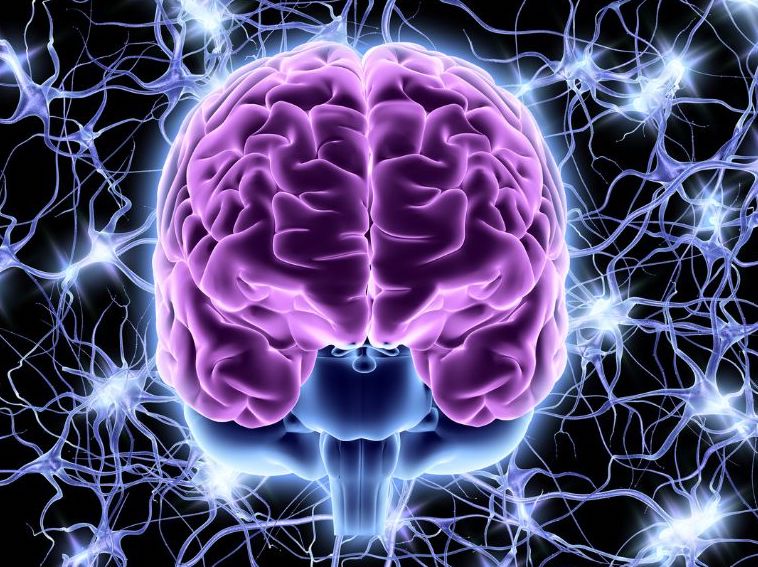
Have you ever felt like you’re just going through life, surving it, but not really living it? Perhaps you feel like there’s something holding you back from experiencing life in the way you truly want? If so, you’re not alone.
Many of us carry more or less hidden limitations, mental programs that we picked up as children, and that now shape our lives without us even realizing it.
But Here’s The Good News:
You can break free from limiting beliefs. It’s a simple process, but that doesn’t mean it’s easy. It requires awareness, courage, and action. Let’s break it down.
Step 1:
Identify Your Inner Wounds and Limiting Beliefs
Imagine trying to fix a computer without knowing what’s wrong with it. The first step is always to diagnose the issue. The same goes for your inner world.

Our subconscious beliefs are like software programs (sometimes very old) running in the background, dictating how we act, think, and feel. Many of these programs were formed in childhood – not necessarily to harm us, but to protect us.
The problem is, they were often based on fear, and not feeling good about ourselves and life. If we don’t examine them, we’ll continue living by rules we didn’t consciously choose.
Step 2:
Understand the Purpose of These Beliefs
Your limiting beliefs didn’t appear out of nowhere. They were created as survival mechanisms to protect you from pain.

For example, if you were shamed as a child for expressing your needs, you may have developed a belief that having needs is dangerous.
As a result, you might become a people-pleaser, always prioritizing others while neglecting yourself – because deep down, you associate self-care with rejection or judgment.
Once you understand why a certain program exists, why can you say ”thanks” for its survival purpose and then start rewriting the program to align better with how you want to feel moving forward in your life.
Step 3:
Install a New Mental Program Through Action
Awareness is powerful, but action and repetition are how we install the program, the real change, and the transformation into our subconscious mind. This is when you start doing new things without thinking, like learning a new pin-code.

Think of it like learning a new habit: at first, it feels unnatural, even uncomfortable. But with practice, it becomes automatic. The same applies to shifting your mental programs.
If you’ve spent your life avoiding conflict because it felt unsafe, start practicing small acts of self-expression. If you’ve tied your worth to performance, challenge yourself to rest without guilt. Over time, these new patterns become second nature.
Visualization and self-hypnosis are techniques that can make this process easier.
Read more: Why should you use reprogramming meditations and self-hypnosis?
This sounds like hard work
Is It Really Worth the Effort?
Only you can decide that, but if you don’t do this work, your past will keep dictating your future. So think about if that is what you want.

Here are two common examples of destructive survival programs:
Limiting Belief 1
”When I expressed my needs as a child, I was shamed and called selfish. Having needs is dangerous, so I must always put others first.”
→ This belief can create a people-pleaser who struggles to set boundaries.
Limiting Belief 2
”I only received love and praise when I performed well in school or sports. My worth depends on my achievements, so I must always be the best.”
→ This belief can lead to perfectionism and a fear of failure.

Your Freedom Lies in Rewriting the Story
When you uncover these limiting beliefs, you gain the power to rewrite them. You are not your past. You are not the outdated programs running in your mind. You have the ability to break free, step into your authentic self, and finally start living fully – not just surviving.
So ask yourself: What old story am I still living by? And more importantly, what story do I want to write instead?



